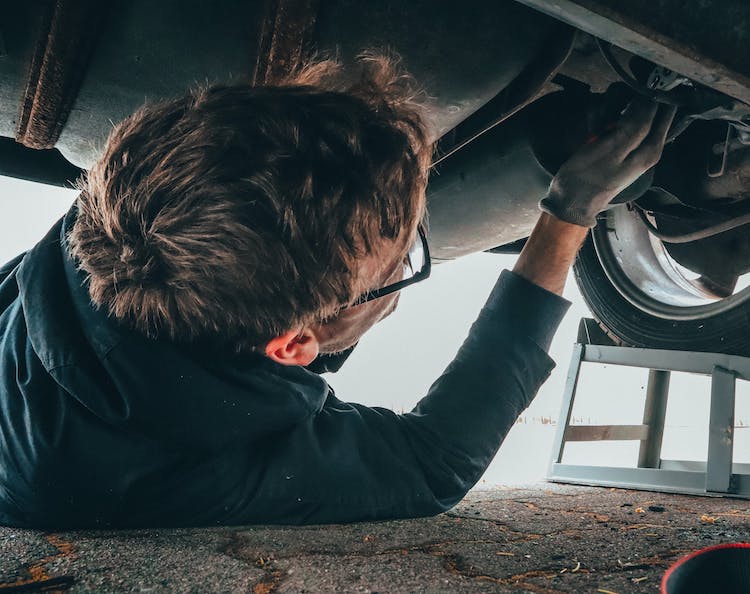

Have you ever sat behind another car at a traffic light and as soon as the light turned green and the car accelerated, your car was shrouded in a cloud of black smoke? Or even worse, a terrible “rotten egg” smell wafts through your vents? If so, it is likely the car in front had a problem needing catalytic converter repair. So, just what is a catalytic converter and why does your vehicle have one? We’ll cover the basics of catalytic converters and review some ways to keep it working properly.
The Basics of Catalytic Converters
A catalytic converter is an important component of your vehicle’s exhaust system which is designed to filter toxic fumes from your engine’s exhaust. Vehicles in the United States introduced catalytic converters in the mid-1970s in an effort to reduce toxic emissions that resulted in acid rain and smog. Every vehicle on the road has a catalytic converter, with the exception of all-electric cars that do not use a combustible fuel source. Since hybrid cars can alternate between electric and fuel, they still have a catalytic converter.
How it Works
Think of a catalytic converter as a type of filter within your exhaust system. The filtering process is achieved by a catalyst (platinum and palladium) that is coated on a honeycomb device or set of beads. As the gases pass through this part of the exhaust system, the reaction to the catalyst converts toxic fumes such as carbon monoxide and hydrocarbons. The catalytic converter is essentially cleaning the gases being emitted from your car before they reach the environment.
Symptoms of Catalytic Converter Failure
Your vehicle’s catalytic converter can experience problems and require catalytic converter repair and/or replacement. More often, if the catalytic converter has failed, it will need to be replaced and this can be quite costly. There are some symptoms to be aware of that may be telling you there’s a problem with your catalytic converter:
The exhaust coming out of the tailpipe is dark or black
A “rotten egg” smell is noticeable from the exhaust
Your vehicle’s check engine light is lit
Your vehicle is not performing as well as it usually does or you notice a change in your gas mileage
Vehicle misfires
You hear a rattling sound coming from somewhere under your vehicle
While exhaust smell and color are sure-fire symptoms of catalytic converter issues, the other symptoms may or may not indicate a catalytic converter issue. That’s why it’s important to get your vehicle checked out if you notice any of these unusual symptoms.
Preventative Maintenance
So, what can you do as a vehicle owner to minimize the chances of having a catalytic converter repair problem? Preventative maintenance is your best bet.
Always follow your vehicle’s recommended maintenance schedule and make sure to include:
- Regular Tune Ups
- Cooling System Maintenance
As well, make sure that you don’t ignore Vehicle Warning Indicators. Your vehicle is trying to tell you something when a Check Engine or Service Engine light goes on so make sure to address them quickly.
If you have concerns that you may have a problem that requires catalytic converter repair or if you just want to be proactive in keeping it running effectively, contact us today to schedule a full-service inspection. Our service professionals will go over your vehicle and perform the necessary maintenance to ensure that you don’t have problems with your exhaust system.
